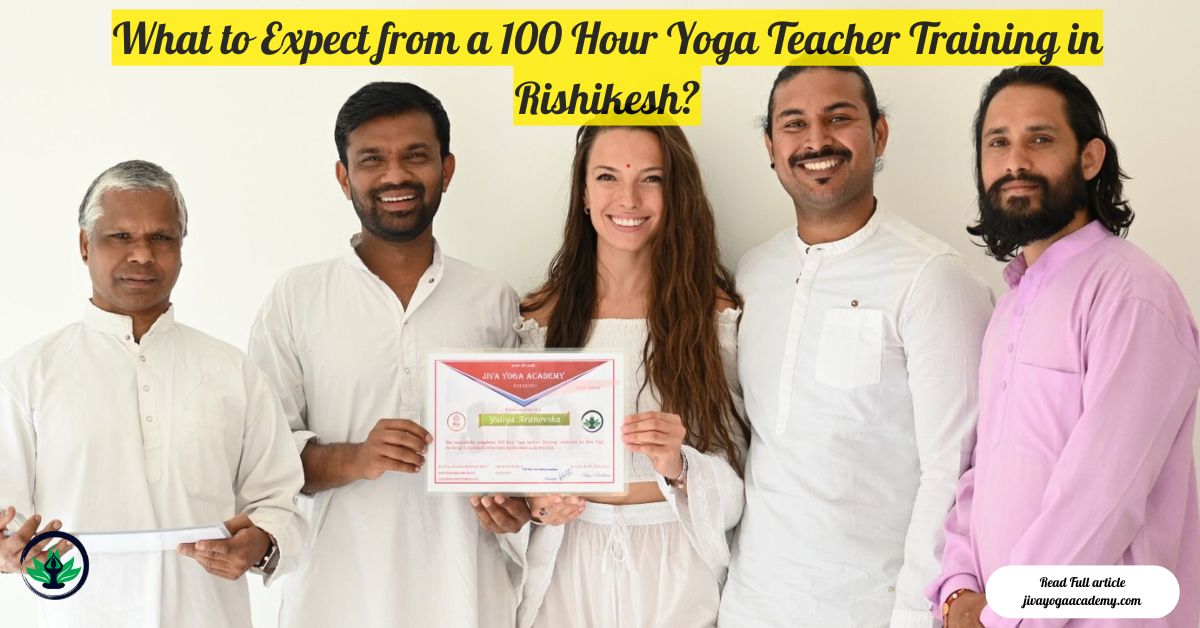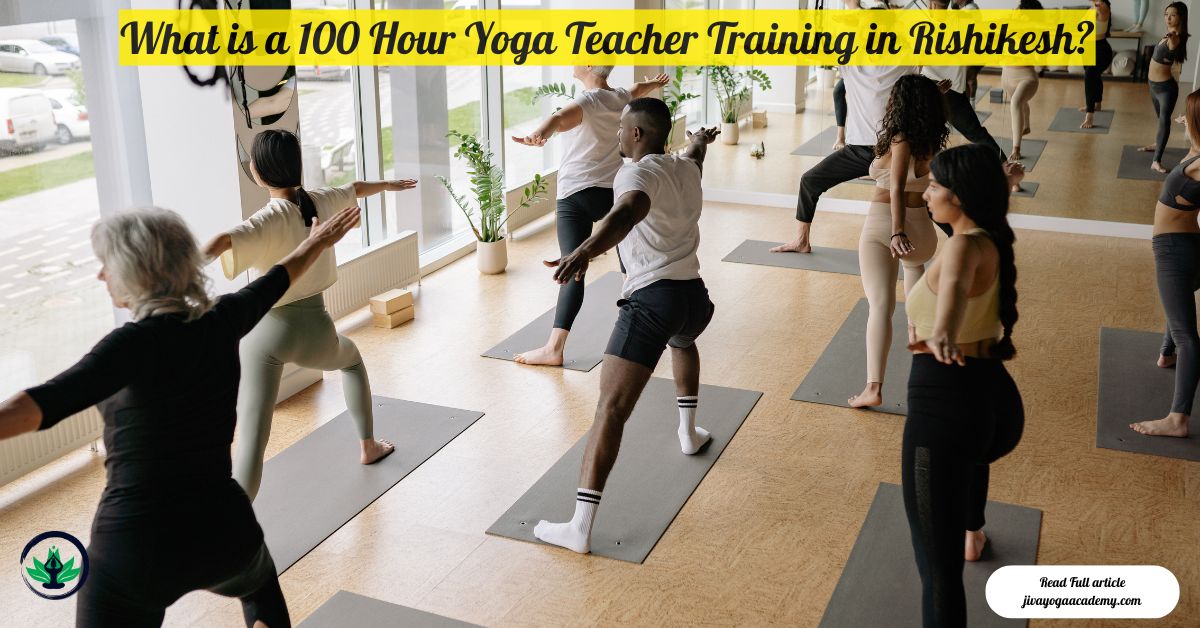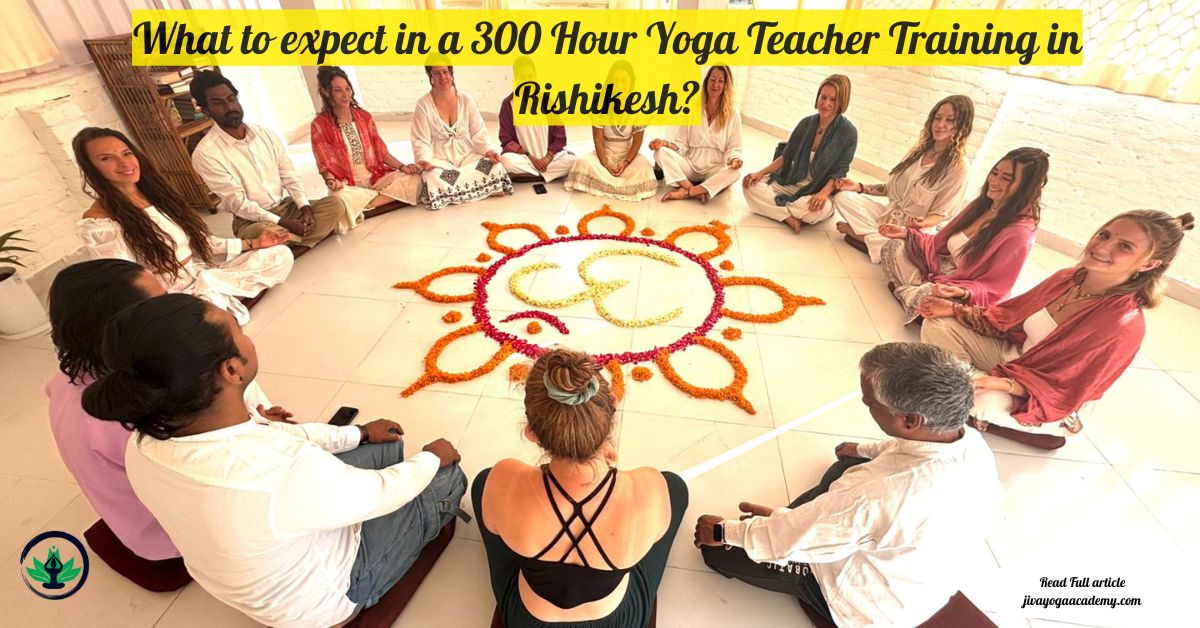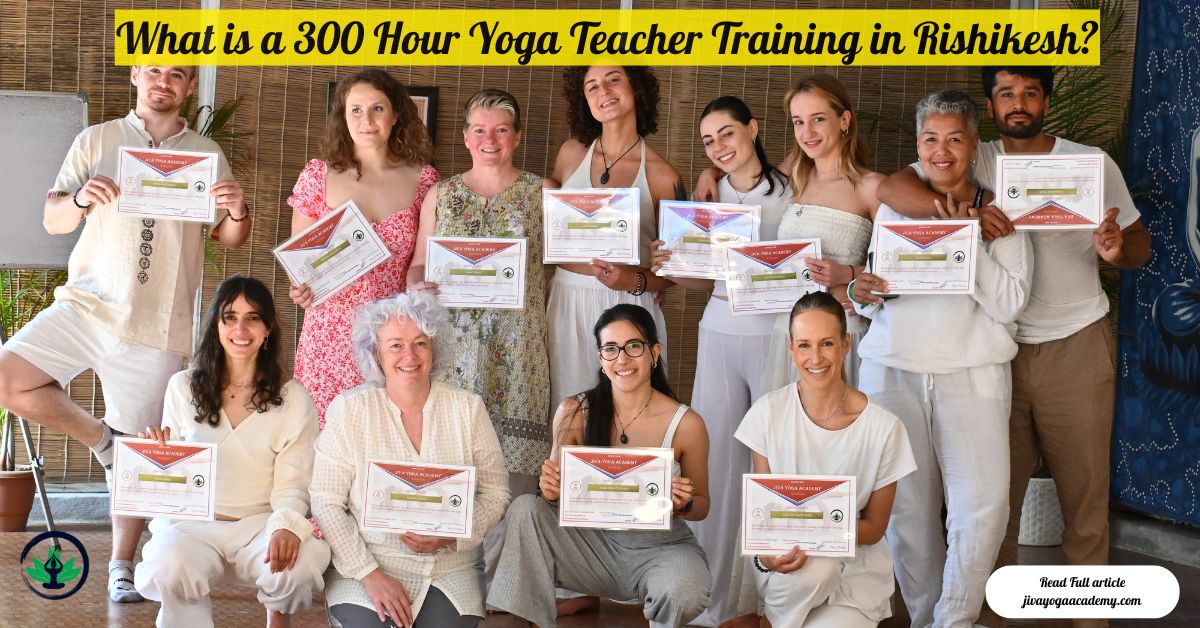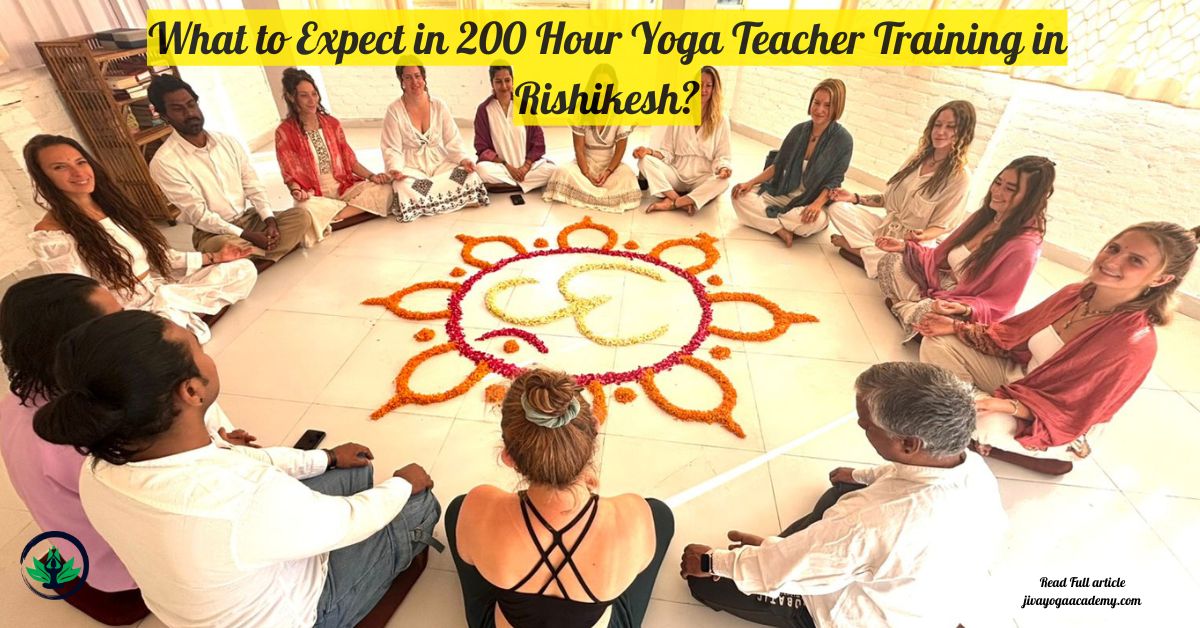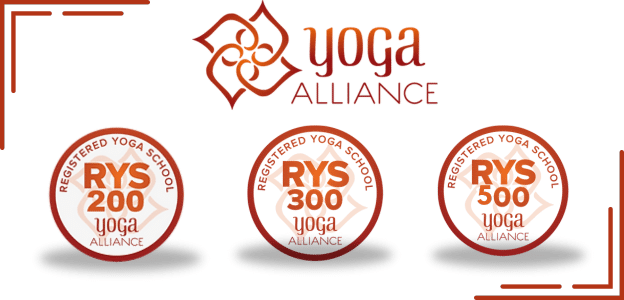Are you struggling to adjust to a new lifestyle? Well, take a deep breath and relax, because we have the solution for you! Pranayama yoga is an ancient practice that focuses on controlling your breath in order to improve physical, mental, and emotional well-being. In this blog post, we’ll explore how pranayama yoga can help you cope with changes in your life and provide practical tips for incorporating it into your daily routine. So sit back, inhale deeply, exhale slowly, and let’s dive into the world of pranayama yoga together!
Also Read : best 200 hour yoga teacher training in rishikesh india
What is Pranayama Yoga?
Pranayama yoga is a form of yoga that focuses on breath control. The word “pranayama” comes from the Sanskrit words “prana” and “ayama,” which mean “life force” and “regulation,” respectively.
Pranayama yoga is often used as a tool to help manage stress and anxiety. It can also be used to improve sleep quality and promote overall relaxation.
There are many different types of pranayama yoga, but all involve some form of breath control. Common techniques include alternate nostril breathing, kapalabhati breathing, and bhramari breathing.
Pranayama yoga is generally considered safe for healthy individuals. However, it is important to consult with a healthcare provider before starting any new fitness or wellness program.
Benefits of Pranayama Yoga
Pranayama yoga is a type of yoga that focuses on the breath. The word “pranayama” comes from the Sanskrit words “prana”, which means life force or energy, and “ayama”, which means control or regulation. Pranayama yoga is an ancient practice that has been used for centuries to improve health and well-being.
There are many benefits of practicing pranayama yoga. One of the most important benefits is that it helps to regulate the breath. The breath is a very powerful tool that can be used to improve our health and well-being. When we breathe properly, we oxygenate our blood and cells, which helps to improve our overall health.
Pranayama yoga also helps to improve our circulation. When we breathe deeply and slowly, we massage our internal organs and muscles, which helps to stimulate blood flow and improve circulation.
Another benefit of pranayama yoga is that it helps to calm the mind and body. The slow, deep breathing helps to relax the nervous system and reduce stress levels. This can lead to improved sleep quality and reduced anxiety levels.
Pranayama yoga is also said to help boost immunity, increase energy levels, and promote detoxification of the body.
Also Read : 200 Hour Yoga TTC in rishikesh
How to Practice Pranayama Yoga
When you first start practicing pranayama yoga, it is important to find a comfortable position. You can sit in a chair with your back straight, or you can sit on the floor with your legs crossed. If you are new to yoga, it may be helpful to practice in a class with a certified instructor.
Once you have found a comfortable position, you will need to focus on your breath. inhale deeply through your nose, and exhale slowly through your mouth. It is important to breathe from your diaphragm, not from your chest.
You can start by practicing basic pranayama techniques, such as alternate nostril breathing and kapalabhati breath. As you become more comfortable with these techniques, you can try more advanced techniques, such as bhastrika breath and ujjayi breath.
Pranayama yoga is an excellent way to reduce stress and anxiety. It can also help improve your respiratory system and increase your energy levels.
The Different Types of Pranayama
Pranayama yoga, also known as breath work, is a type of yoga that emphasizes the control of breath. There are many different types of pranayama, each with its own benefits.
Nadi Shodhana, or alternate nostril breathing, is a type of pranayama that is said to balance the left and right sides of the brain. This type of breathing is often used as a relaxation technique.
Ujjayi, or victorious breath, is a type of pranayama that is said to help calm the mind and body. It is often used during meditation or as a way to cool down after a strenuous yoga practice.
Bhastrika, or bellows breath, is a type of pranayama that is said to improve circulation and increase energy levels. It is an invigorating breath work practice that should be done in moderation.
Kapalabhati, or skull shining breath, is a type of pranayama that is said to detoxify the body and improve mental clarity. It is an intense breath work practice that should be done with caution. [300 Hour Yoga TTC in Rishikesh]
Tips for Incorporating Pranayama into Your Routine
Pranayama is an ancient practice that uses the breath to calm the mind and body. When incorporated into your yoga routine, pranayama can help you to ease into a new lifestyle. Here are some tips for incorporating pranayama into your routine:
- Start with a comfortable seat. Sit in a chair with your feet flat on the ground, or cross-legged on a mat. If you’re new to pranayama, it’s best to practice in a seated position before moving on to more advanced postures.
- Focus on your breath. Take a few deep breaths in and out through the nose. As you exhale, feel your stomach move inward toward the spine. This helps to lengthen and deepen the breath.
- Try different techniques. Once you’re comfortable with basic breathing, try different pranayama techniques such as kapalabhati (breath of fire) or nadi shodhana (alternate nostril breathing). There are many different techniques to explore, so find one that works for you and stick with it.
- Incorporate pranayama into your yoga practice. After warming up with some sun salutations, add in some pranayama techniques during your standing or seated postures. For example, when in Warrior II pose, take a few deep breaths through the nose and focus on extending the breath from
Alternatives to Pranayama
Pranayama yoga, also known as “breath work,” is a type of yoga that emphasizes control of the breath. This practice can be helpful in managing stress and anxiety, and has been shown to improve overall health. However, there are many other ways to manage stress and anxiety, and to improve your health. Here are some alternatives to pranayama yoga:
- Exercise: Regular exercise is one of the best ways to reduce stress and improve your physical health.
- Meditation:Meditation can help you focus your thoughts, calm your mind, and find inner peace.
- Relaxation techniques:There are many different relaxation techniques that can help you reduce stress and promote relaxation. Some popular techniques include progressive muscle relaxation, guided imagery, and deep breathing exercises.
- Counseling or therapy: If you’re struggling with stress or anxiety, counseling or therapy can be very helpful. Talking to a professional can help you identify unhealthy thought patterns and develop coping mechanisms to deal with difficult emotions. [Best 200 Hour Yoga Teacher Training in India]
Conclusion
Pranayama yoga offers many benefits to help you manage the stress and anxiety of adjusting to a new lifestyle. Deep breathing techniques can reduce tension and restore balance in your body, mind, and spirit. With regular practice, pranayama yoga can also improve your cardiovascular health, digestive system function, mental focus, emotional wellbeing and overall quality of life. Whether you are newly relocated or just looking for ways to reduce stress levels in general – try incorporating some breathwork into your daily routine – it could make all the difference!



